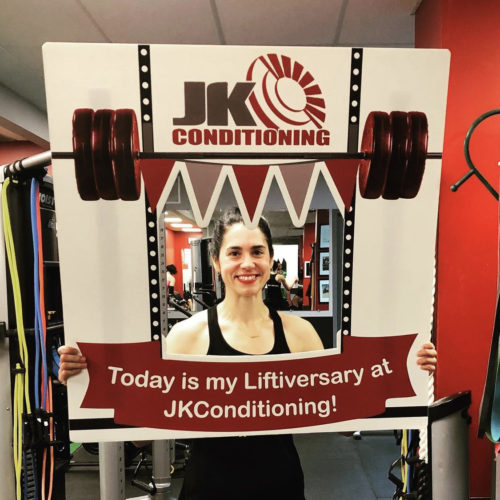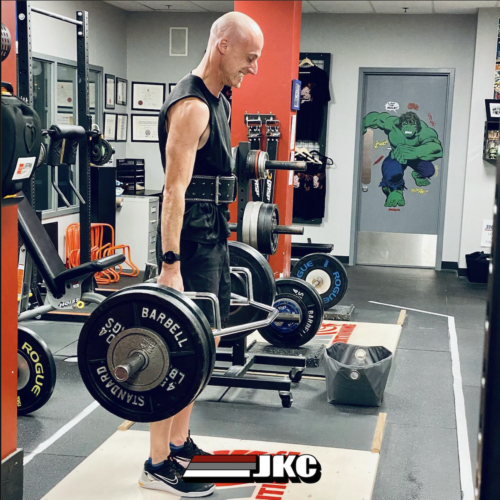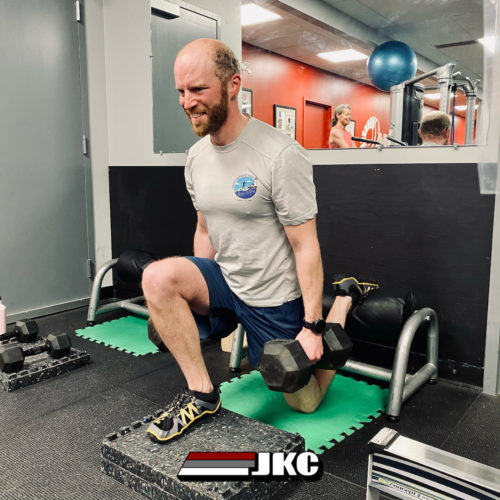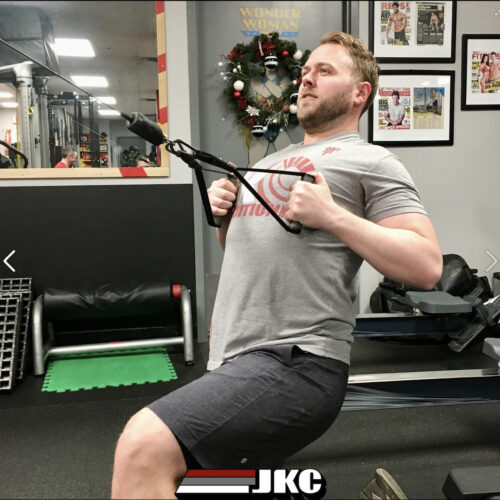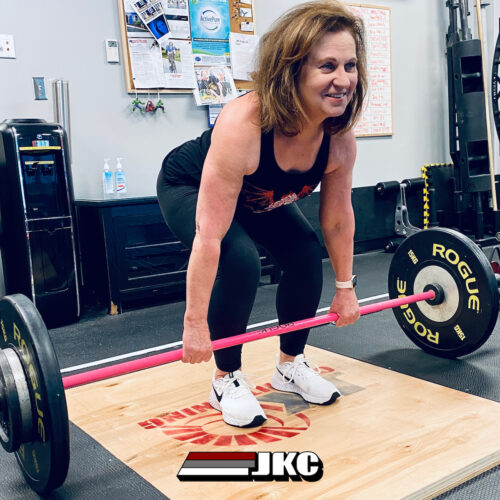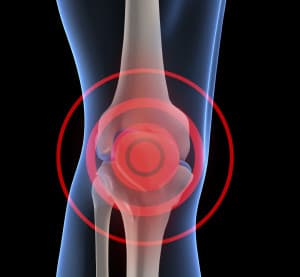 What runner doesn’t hate getting injured? Knee pain, heel pain or even low back pain can put a damper on any runner’s training. Usually though, the site of pain is not the source of the injury.
What runner doesn’t hate getting injured? Knee pain, heel pain or even low back pain can put a damper on any runner’s training. Usually though, the site of pain is not the source of the injury.
Think about it like this. You have a door rubbing in a door frame on the handle side (opposite the hinges).
One way to fix this problem is shave the door so it doesn’t rub anymore. Compare this to lateral knee pain. The site of the problem is the knee, just like where the door rubs against the door frame. Shaving the door is the same as trying to fix the knee (only).
What we need to do is to take a step back and look at the bigger picture.
By looking at the hinge side, you’ll notice the door isn’t held in the door frame properly, therefore causing the door to rub.
So, as the analogy says, take a step back and look at the body as a whole.
Commonly, pain in one area results from the body compensating for a problem in a different area.
Take for example, weak hip muscles. When these guys are weak, during single leg stance (running!) the weakness in the hips result in a lateral shift of the pelvis with each stride (known as the Trendelenburg Sign).
This changes the efficient mechanics of running into a non-efficient running stride with potential compensations. The body will experience different stresses and different wear patterns, just as a car would, if it had a crooked axil. Commonly, knee pain will result and many runners will think the problem stems at the knees.
With a proper assessment, weakness in the lateral hip muscular will be found (notice, NOT, where the site of pain is).
This is just one of many examples of how running injuries start.
Unfortunately, running by itself is not sufficient in building a resilient body. And because running is repetitive in nature, believe it or not, certain muscles tend to over develop while others tend to weaken. This can lead to muscle imbalances and incorrect movement patterns.
A strategically designed and individual-specific strength and prehabilitation program must be implemented in order to avoid running down the road to injuryville.
I’ve come across numerous runners that think that lower body training isn’t necessary because of all the miles they run – they couldn’t be further from the truth.
Here are 3 rehab tips to keep you safe and sound, all season long.
1. Seek a reputable soft tissue therapist to address, well, soft-tissue related issues.

Active release techniques, Graston or just plain old therapeutic sport massage may be warranted on a regular basis. This depends on how much you run per week, but I would guess that most runners will benefit from frequent soft tissue therapy.
2. Work on joint mobility (often).
The ankle joint and hip joint (among others) can become restricted in their movement(s) and if so, can wreck havoc on a runner’s body. Running with a stiff ankle can affect the entire kinetic chain and result in a awkward, inefficient running stride.
A simple exercise to work on ankle mobility and calf flexibility is the Downward Dog.

Go into a pushup position and pike your butt into the air. Drive your heels downward and keep your knees straight. Get your butt as high as possible. Hold for 5-sec (do 5-6 reps; 1-3 sets) if performing pre-workout and 30-60-sec (do 3-6 sets) if performing post-workout. You can bend one knee inward to isolate one leg at a time if you wish.
3. Incorporate muscle activation exercises to wake up sleeping muscles.
As I said earlier, certain muscles tend to weaken with running. Let’s continue on with our weak hip muscles not being able to stabilize our hips when running.
One of many hip strengthening exercises is the X-Band Walk.


Hold a circular band and stand on one end. Cross the band in front of you to take up slack. With your feet starting hip width apart, step to the side without hip hiking or leaning – stay strong through your trunk and remain tall. Follow with the trail leg but don’t let it drag on the ground or snap in. Repeat until you have completed 12 steps. Return to the start by side stepping the other direction – remember not to turn around or else you’ll be performing it on the same side again! Perform 2-sets daily (yeah, I said daily!) before runs.
Well, there you have it – 3 ways you can prevent injuries all season long. (this post is not at all exhaustive and only scrapes the surface)
If you have any questions or comments, please don’t hesitate to leave them below. If you have any running friends that you think will benefit from reading this post, please share it with them 🙂
RUN STRONG,
-Jon

